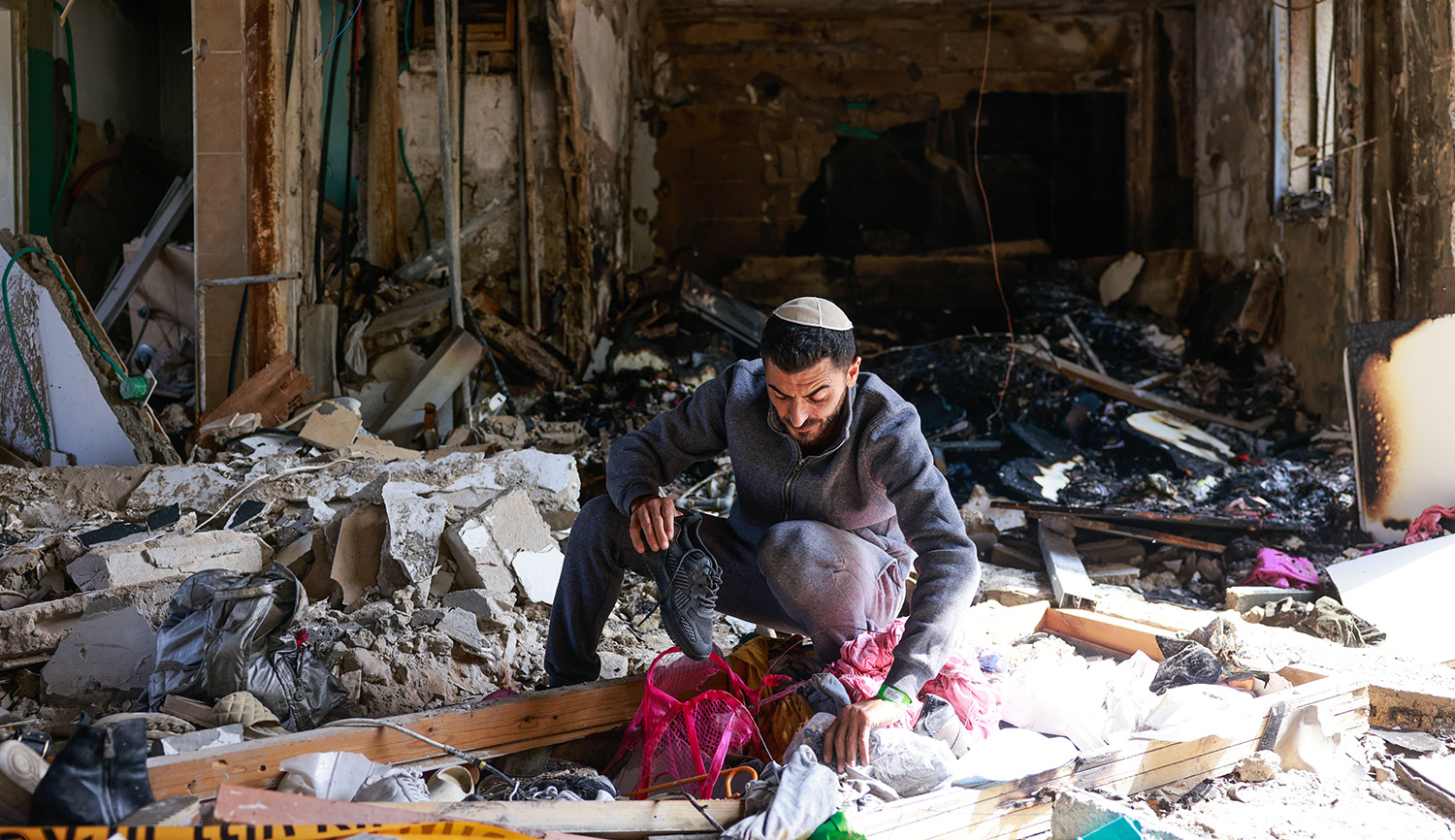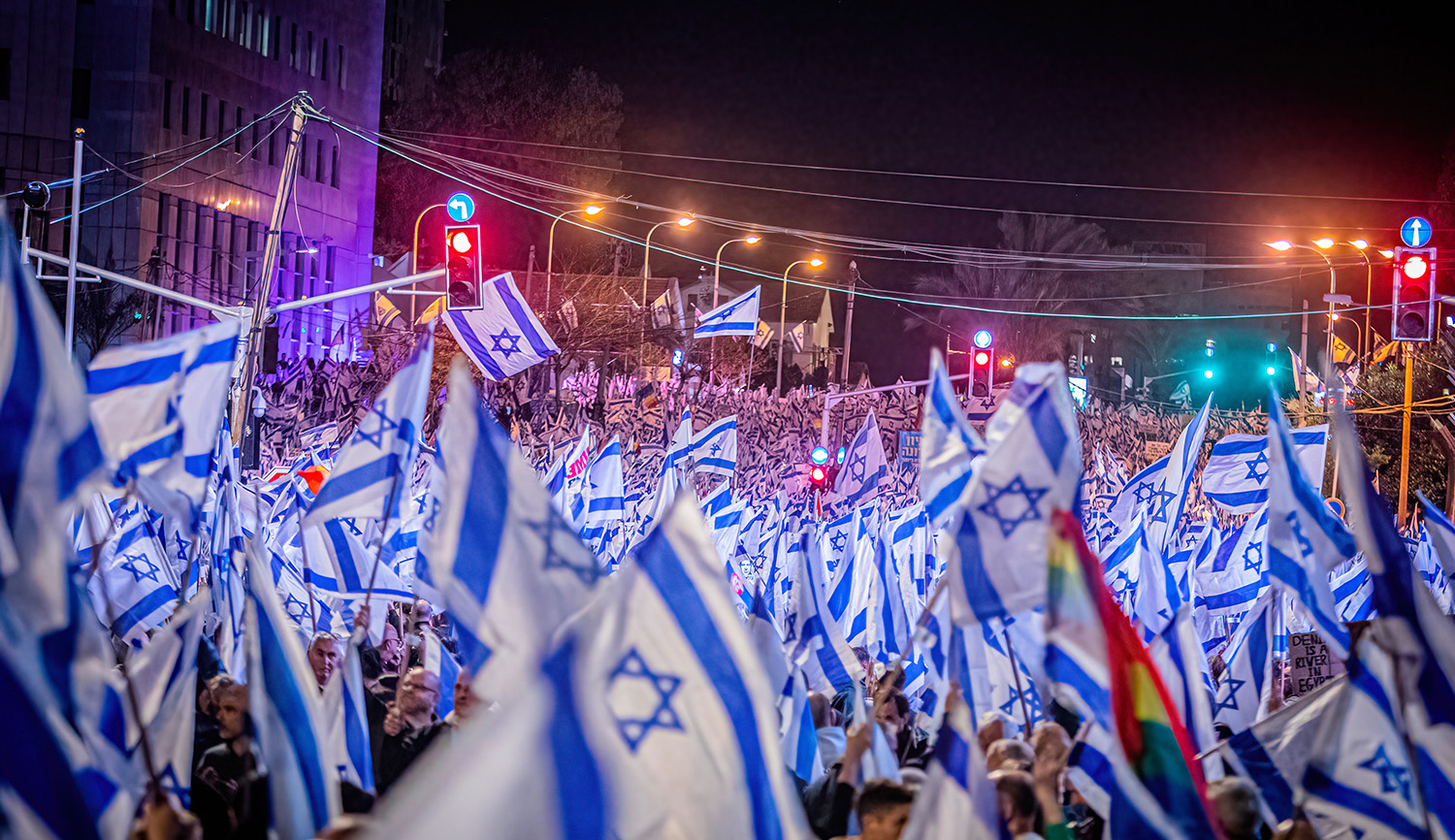Near the end of World War II, Czechoslovakia’s Avia Company retooled one of its factories to produce Messerschmitts for the Luftwaffe. Avia kept making fighter planes after the war ended, but, having lost access to the German-made engines, had to redesign the aircraft with different parts, creating the S-199, an awkward hybrid used by the Czech air force. In 1948, with war on the horizon, the Haganah—unable to buy arms from the U.S., Britain, or the Soviet Union—became the only other military to purchase the S-199. Robert Gandt writes:
The first band of volunteers—two Americans, one South African, seven native Israelis—arrived at the České Budějovice air base on May 11, 1948. Lou Lenart, a wiry former U.S. Marine Corps pilot, made the group’s first flight in the S-199. It was nearly his last. Lenart recalled, “The big paddle-bladed propeller produced so much left-pulling torque that the first time I tried to take off, the plane ran away from me clear off the runway, through a fence, and over a cliff.”
To the volunteer pilots, the Czech fighter seemed to have a vicious streak, like an attack dog turning on its handler. The narrow landing gear made the S-199 difficult to keep aligned during takeoff. Directional control was made even worse by the enormous torque of the propeller. . . . The volunteers had barely begun training when, on May 15, the radio in their Czech quarters broadcast the news that Israel’s war of survival had begun.
Learning that Arab planes had bombed Tel Aviv, the pilots, with hardly any training, disassembled and packed the planes and went to fight for their country, where the aircraft were reassembled at the Ekron airfield.
The existence of the Czech-built fighters was a closely held secret. The newly assembled S-199s had not been test-flown. The guns had never been fired. None of the radios worked. But if the Egyptian army was not stopped, none of these concerns would matter. . . . Lenart, who led the four-ship [mission], had never flown in Israel before. Where was Ashdod? he wondered. All the villages along the coast looked alike.
In the [nascent Israeli air force’s] first two missions, two fighter planes were lost and one severely damaged. Of the first five pilots, one was dead and another too injured to fly again. But the secret was out: Israel had an air force. To make it official, the unit was given a designation: 101 Squadron, a grand-sounding label for a ragtag outfit down to one flyable airplane and three pilots.
Still, these crucial missions slowed the initial assault on Tel Aviv and may well have forestalled a calamitous defeat. By the war’s end in January, the S-199s had shot down a total of seven enemy planes. And as Gandt points out, the “mere sight of the fighter in the early days of the war had terrified the invaders and roused the spirits of the outnumbered defenders.”
More about: Czechoslovakia, Haganah, Israeli history, Israeli War of Independence


